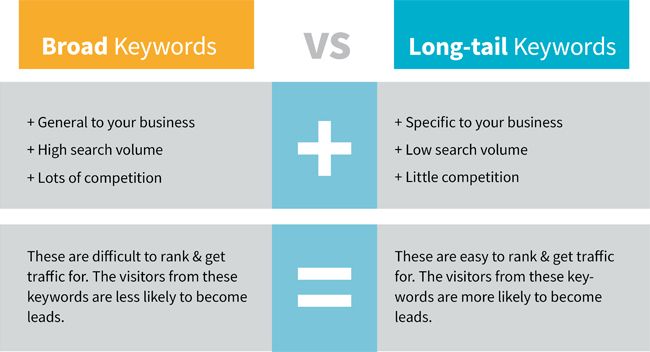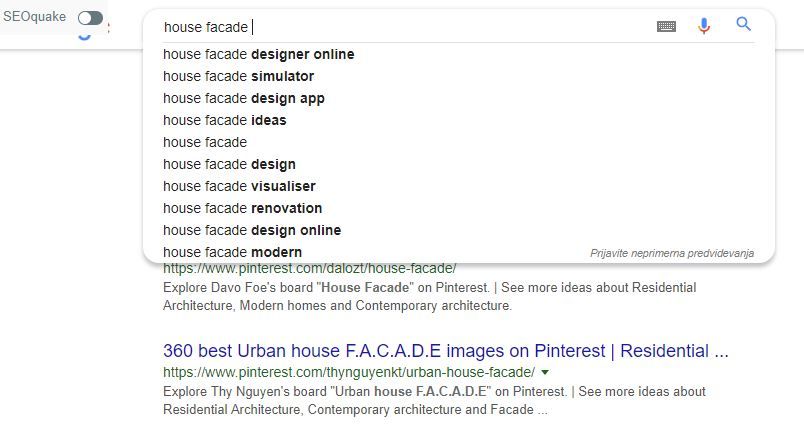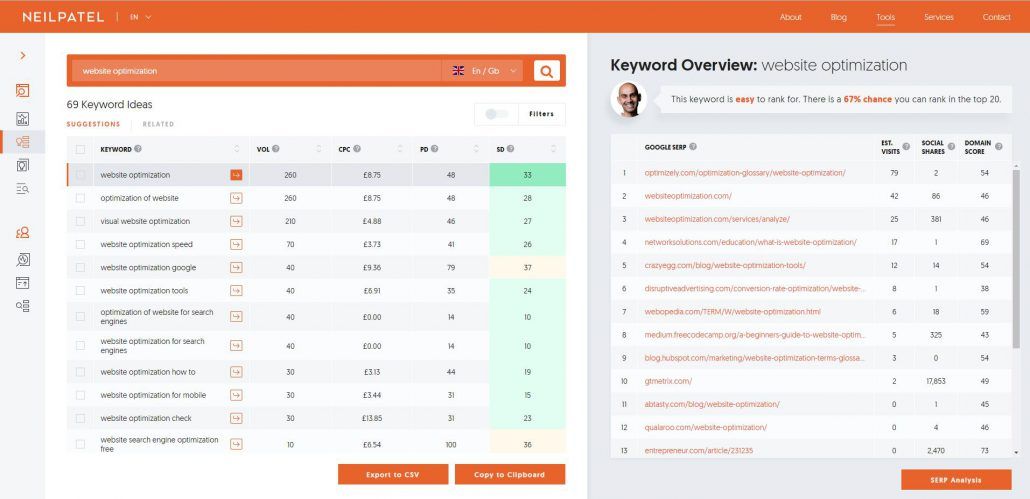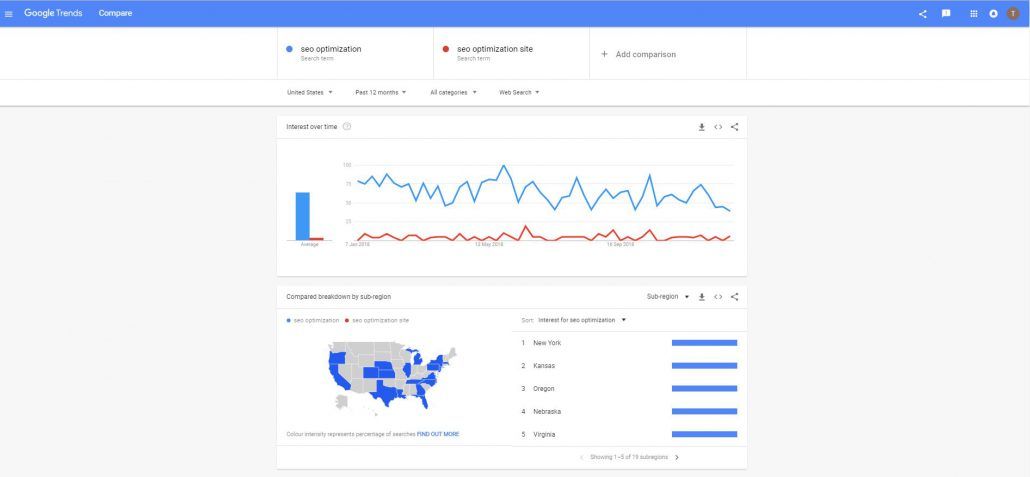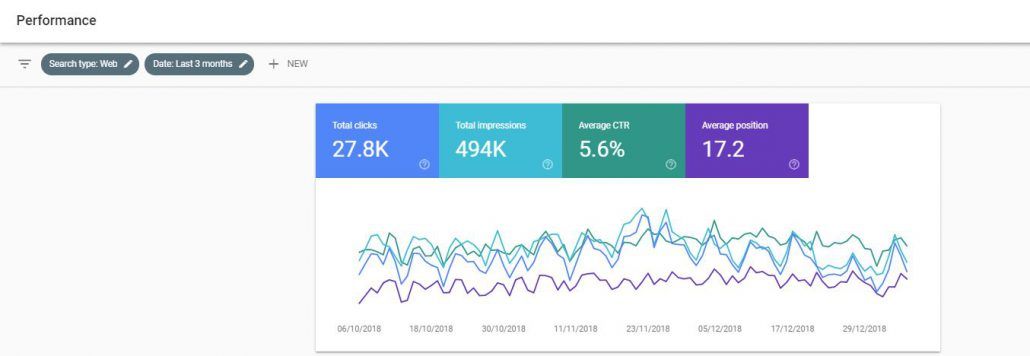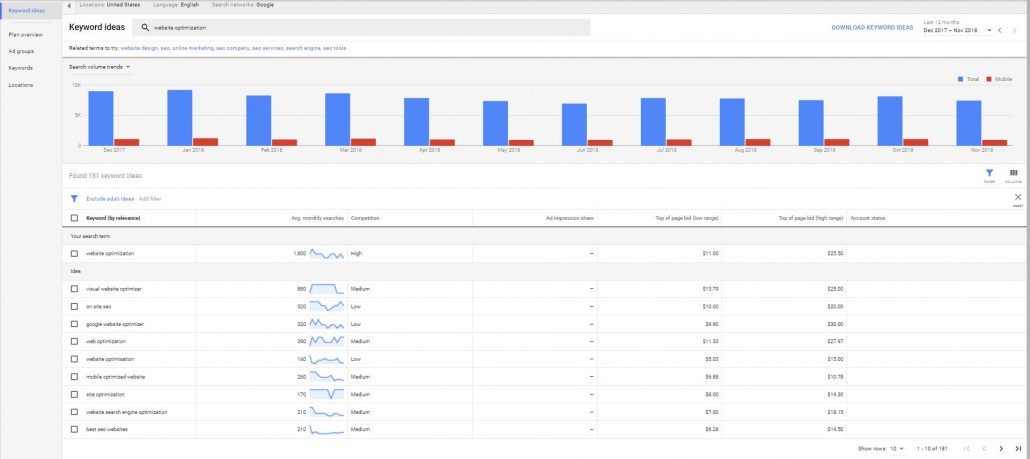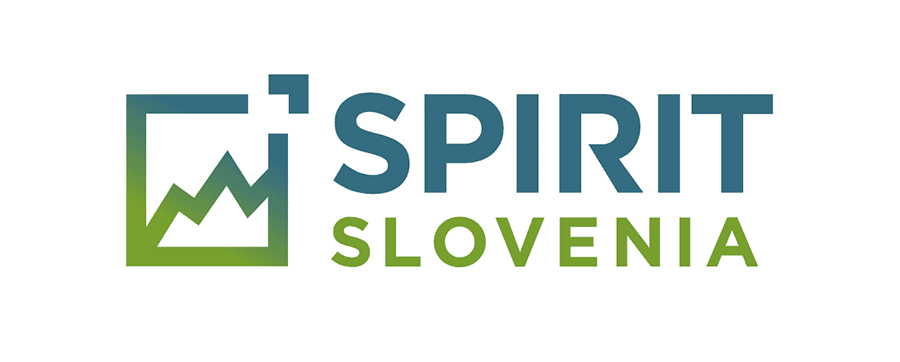When we optimize a website, we have to pay special attention to keyword analysis. This can help us adjust the structure and content of the website in order to reach higher rankings.
If you’re selling products or offering services in a very competitive niche and can’t seem to improve your rankings of main keywords, try targeting less competitive keywords. But why choose keywords or phrases with 20, 30 or 50 average monthly searches? Because most companies only focus on those keywords with the highest number of searches. Of course, focusing on the main keywords works but it also increases the costs of optimizing a website or online shop.
In my article, I’ll present the difference between main and long-tail keywords, after which we’ll take a look at 8 tools that help us search for long-tail keywords:
- with less competition,
- with a higher conversion level,
- that are more specific for your niche.
Long-tail keywords enable you to gradually obtain more organic traffic on your website, so let’s begin!
What’s the difference between main and long-tail keywords?
One of the main processes when optimizing a website is analyzing keywords, on the basis of which we adjust the structure and content of the website. When preparing the content, we need to include both main and long-tail keywords. As an owner of a website, you want your keywords – so all the words people search for in search engines – to be as relevant to your service as possible.
Besides the main keywords we also know long-tail keywords. Those are search queries consisting of several words, which usually have a lower number of monthly searches. We are talking about more specific words that address a narrower target audience, which can improve the conversion rate. Those words are created by people searching for answers online.

